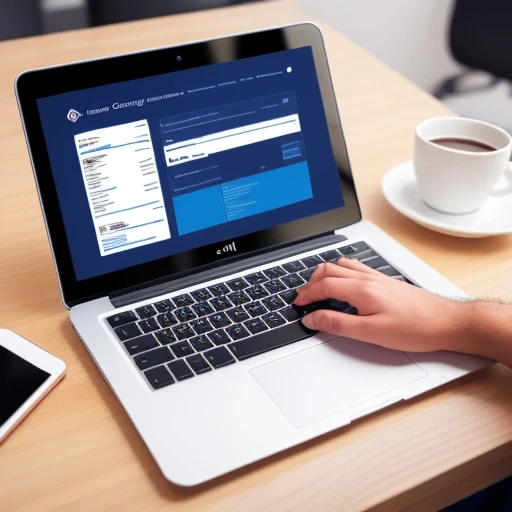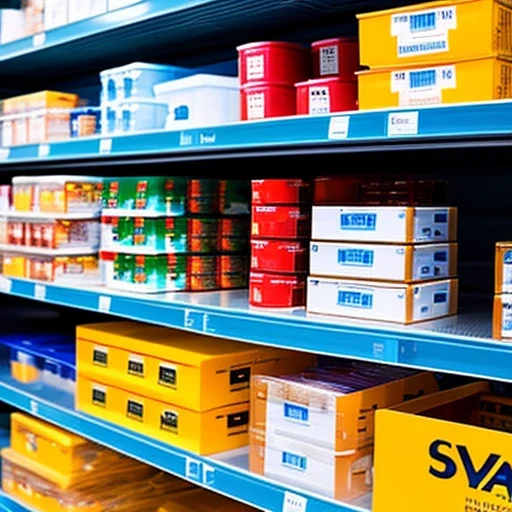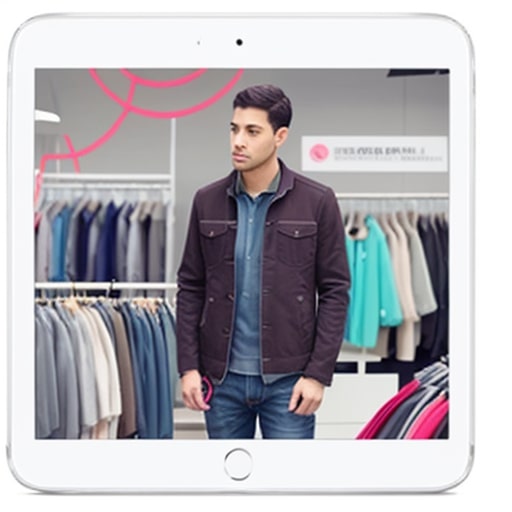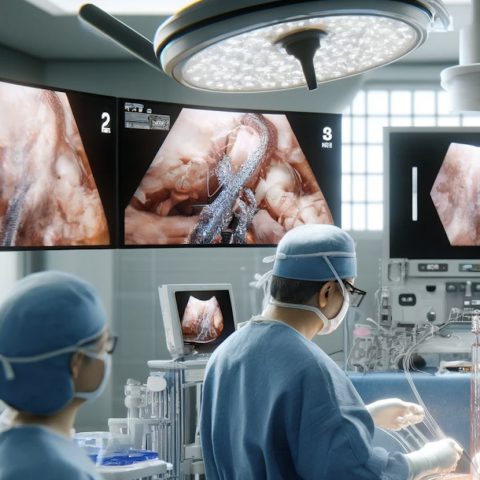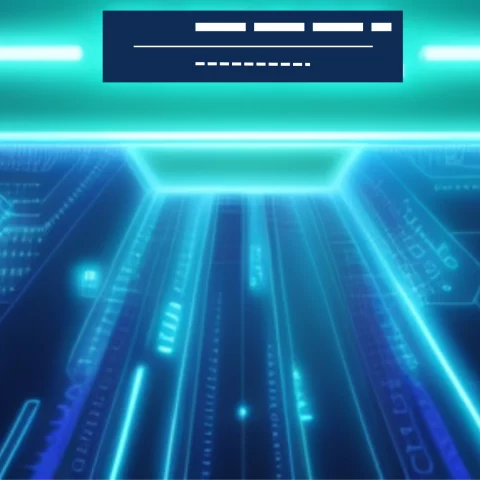Top 10 Computer Vision Applications in Agriculture (Farming in 2024)
Apr 11, 2024
Computer vision, a subfield of Artificial Intelligence (AI), has created a ripple effect across many industries, and the agriculture industry is clearly at the top of this change. Research by Statista says the computer vision market will reach US$26.26 billion in 2024 growing at remarkable rate of 11.69% each year.
But how are AI technologies like computer vision transforming agriculture?
Computer vision apps have contributed to agriculture in many ways, such as monitoring plant health, providing advanced climate analysis, insights about farming processes, and more. They help facilitate real-time operational decisions, redefine farming best practices, and improve the food supply chain through on-field smart devices and sensors.
Computer vision applications pave the way for farmers to meet the ever-evolving food supply landscape and ensure the best yield. In 2024, expect computer vision applications to:
Save time, improve labour issues, and increase resource efficiency.
Ensure sustainable farming practices.
Provide real-time monitoring, ensuring quality and healthy produce.
Our Top 10 Computer Vision Applications in Agriculture
Now that we know where Computer Vision in Agriculture is headed let’s dive into the future of farming with our electrifying glimpse into the top 10 computer vision applications revolutionizing agriculture! Whether you’re a trailblazing researcher, an innovative developer, or just a tech enthusiast hungry for the next big thing, this blog post is your gateway to the cutting-edge trends shaping the future right beneath our feet. Prepare to be amazed by how computer vision transforms green fields into intelligent, efficient, and sustainable landscapes. This isn’t just another blog post; it’s your ticket to the forefront of this agricultural tech advancement.
Crop Monitoring with Drones
Over time, drones have become one of the quintessential elements of farming activities. Due to their capabilities to fly and cover large distances, drones capture large amounts of data with built-in cameras and provide footage to help you map and plan crop yields and insights based on geo-sensing information.
For AI models, these images must come with labels that show annotations to create data for algorithm training. This enables computer vision models to detect objects and initiate semantic segmentation to identify conditions in drone footage.
Yield Estimation and Prediction
Yield estimation is paramount in preharvest practices as it helps you make decisions and allocate logistics like transportation, supplies, labour, etc. However, annual yield estimation, along with counting vast quantities of fruits or vegetables, is time-consuming but also expensive and error-prone. Any hints of overestimation can lead to higher costs, thereby impacting profitability. Lower estimations, on the other hand, lead to crop waste, undetected crop diseases, etc.
That’s where you need network algorithms to help you achieve accurate yield prediction while automating yield counting over images. Computer visions, led by deep learning methods, will help you with precise tree counting, identifying occlusions due to leaves or branches, and more.
Check out our polyline image annotation services, a game changer for AI applications such as yield estimation practices.
Weed Detection and Management
Drone technology helps with crop monitoring, detects weeds, and protects crops by minimizing herbicides and fertilizers. Drones help unlock a two-pronged approach: You can recognize instances of weeds through images, identify their species, and ensure effective weed control. The cameras collect visuals and help you optimize your agricultural productivity.

As production intensifies to meet the ever-increasing demand, farmers often have difficulty ensuring quality care while monitoring animals that keep rising per management unit. The challenges extend even more as labour shortages increase for farm jobs. Computer vision will help you monitor your cattle and poultry and enable efficient monitoring capabilities through non-invasive, low-cost, and automated visions.
The cherry on top is that you get in-depth insights and analysis to initiate decision-making, improve welfare and genetics, manage livestock farming effectively, detect early signs of diseases, stress, injuries, or any other symptoms of irregular animal behaviour, and production bottlenecks before they escalate.
Poultry Farming Optimization
Poultry includes a range of domestic species like chickens, turkeys, ducks, geese, etc. To build a robust infrastructure to monitor welfare and behaviour, you need advanced deep learning algorithms that enable house management automation, behaviour analysis, identification of illness, weight study, egg analysis, and more. Computer vision applications in poultry farming will help increase product quality and ensure standard produce.
Fish Farming Management
Automatic fish detection is one of the most significant tools for practical fish farming. Over time, deep learning methods have helped identify, count, and analyze yield behaviour. Moreover, computer vision employs intelling feeding systems and gives underwater image processing and detection applications to measure weight and length estimations.
Additionally, fish counting can be very tedious for fishermen. Computer vision applications can assist in establishing cost-efficient, error-free processes for counting fish, boosting production, and improving labour availability.
Soil Health Assessment
Ground sensors, drone cameras, and deep learning disrupt farmers’ monitoring of soil conditions. By integrating IoT systems, these computer vision applications in agriculture will help you conduct tests like soil erosion causes, root health analysis, pH analysis, etc.
For instance, cranberries, blueberries, and broccoli prefer acidic soil for nurturing. These applications can tell whether the soil on your fields is suitable for these crops by assessing the soil colours and matching and categorizing soil based on RGB codes.
If the soil needs more or less pH, you would then need to treat the soil and re-regulate your practices to change the pH level and reach the desirable level. You can also measure soil moisture and determine if crops need further irrigation in real time. Also, a study suggests that by detecting weather alerts or monitoring soil moisture levels, AI can help improve irrigation and increase crop production by 30%.
Precision Farming
The ever-surging prices of pesticides and herbicides, coupled with the harmful effects of these chemicals, give farmers a hard time. Precision farming is a rescue here as it helps you gain complete control over agricultural processes and reduces the over-dosage of these harmful chemicals on crops.
When you combine computer vision techniques with precision farming, you unlock real-time decisions and identify and localize insects and weeds so you don’t overuse pesticides or other chemicals. Precision control in agriculture through computer vision has come a long way.
Today, with the help of nonlinear and regression models based on plant size, colours, and other visual qualities, you can predict precisely how much chemical you should use for crops and plants. This also means you would have to spend less on these expensive resources and save time on monitoring.
Fruit and Vegetable Grading and Sorting
To keep a close eye on crops, you must be on your toes, detecting all early signs of defects, weeds, pests, and illness. Computer vision applications will help you distinguish good products from bad ones by giving you a detailed outlook of your yield and field. The applications will inspect fruits and vegetables, study their size, colour, volume, and shape, and automatically sort and grade them without errors. This will also help you free up your labour while ensuring quality control, cost-optimization of resources, and saving time on manual work.
SmartOne’s polygonal and semantic segmentation is used in image analysis to outline objects by building polygons around them and assigning pixel-level labels. This helps farmers effectively identify fruits and vegetables. The advanced solution provides a meaningful, contextual summary of your stock, improving the accuracy and reliability of your grading and sorting activities.
Autonomous Farm Equipment
Harvesting crops is daunting, labour-intensive, and challenging, especially when expert hands are scarce during the peak harvest seasons. If not done on time and accurately, this can lead to delays, increased costs, and hamper production. Automated farm equipment comes to the rescue of farmers. For instance, automated tractors can give you a panoramic view of the field, map and tag plants, and analyze the changes in plants and trends in tracks so you can improve and increase your produce.
Moreover, you can plant automated sensors and cameras to help you capture real-time crop data like crop maturity, quality, and size and enable precision farming. Similarly, robotic arms, guided by computer vision applications, identify and harvest crops carefully, reducing wastage and ensuring high-quality yield.
Learn more about our 3D point cloud annotation services with LiDAR technology. This best-in-class computer vision solution uses sensors to identify and classify objects in their 3D environment and help you with precise analysis of various applications, including autonomous farm equipment.
A Fun Fact & Our Final Thoughts
Fun Fact: Did you know that AI’s share in the agriculture market revenue is as high as 1.5 billion? It is on a supercharged growth trajectory and is all set to clock a CAGR of 24.5% soon.
With ever-increasing changes in climate, food demand, rising input prices, ecology, etc., farmers need sustainable and AI-driven solutions that will help with real-time monitoring of their produce and solve problems like harvest delays, labour shortages, crop planning, livestock counting, and more.
With this in mind, SmartOne brings you best-in-class computer vision applications to help you with image capturing of crops while leveraging state-of-the-art features like 3D cuboid annotation services, semantic segmentation image services, LIDAR technology, and a lot more. Our deep expertise in computer vision will ensure the quality of data processing, prioritize your needs and well-being, and help you achieve error-free outcomes.
Feel free to contact us if you are working on an agriculture computer vision application and need help.
Recent articles
Generative AI summit 2024
Generative AI summit 2024
Client Case Study: Automated Accounting for Intelligent Processing
Client Case Study: Automated Accounting for Intelligent Processing
Client Case Study: AI Logistics Control
Client Case Study: AI Logistics Control
Client Case Study: Inquiry Filter for a CRM Platform
Client Case Study: Inquiry Filter for a CRM Platform
Client Case Study: Product Classification
Client Case Study: Product Classification
Client Case Study: Interius Farms Revolutionizing Vertical Farming with AI and Robotics
Client Case Study: Interius Farms Revolutionizing Vertical Farming with AI and Robotics
Client Case Study: Virtual Apparels Try-On
Client Case Study: Virtual Apparels Try-On
Client Case Study: SURGAR Delivering Augmented Reality for Laparoscopic Surgery
Client Case Study: SURGAR Delivering Augmented Reality for Laparoscopic Surgery
Client Case Study: Drone Intelligent Management
Client Case Study: Drone Intelligent Management
Client Case Study: Query-item matching for database management
Client Case Study: Query-item matching for database management





